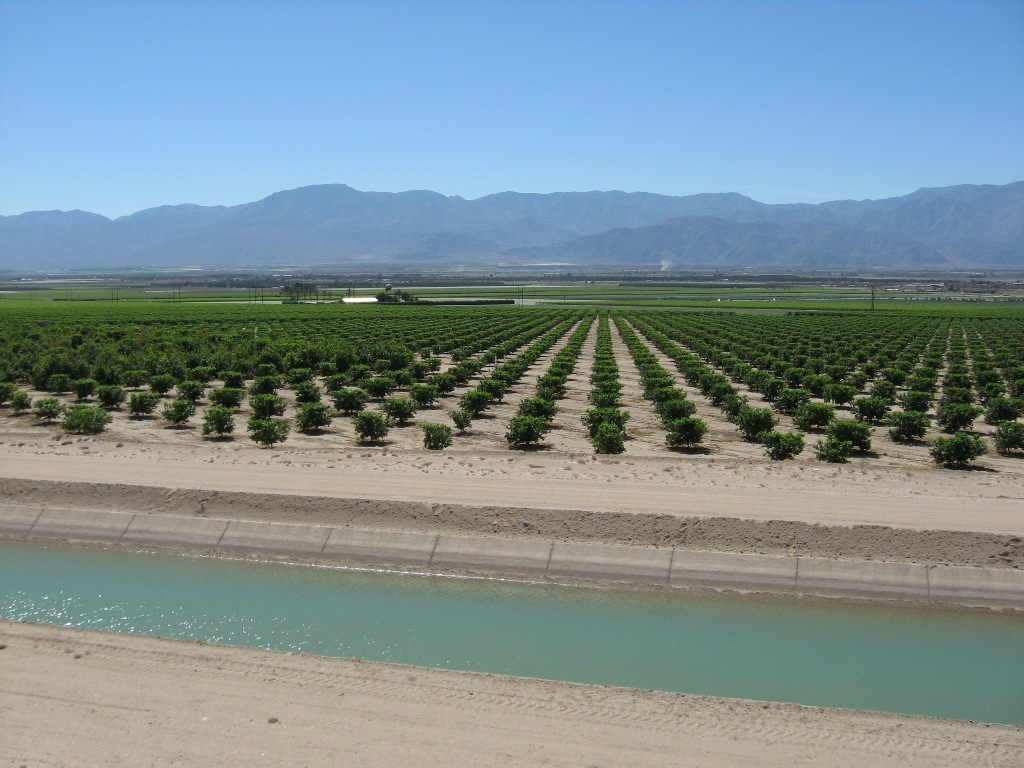California

Intensive water use and management of groundwater, especially in southern California, is
causing changes in natural fluoride concentrations in groundwater supplies
(summary of Harkness and Jurgens, 2022).
Groundwater basins in California are an important part of the State’s water storage and supply
system. The quality of that water can constrain water supply reliability. High concentrations of
fluoride (above the California maximum contaminant level or MCL) can naturally occur in as
much as 10% of the groundwater resource in desert basins used for public supply.
Intensive water use and management of groundwater, especially in the southern part of the State,
is causing changes in the natural fluoride patterns. In areas like the Coachella Valley where recharge
consists of imported, salty water from the Colorado River fluoride concentrations are generally decreasing.
In contrast, Orange County’s extensive water recycling system that pipes treated wastewater to
groundwater recharge systems creates aquifer conditions that increase fluoride concentrations. These
trends can be explained by the prevalence of managed aquifer replenishment in these areas and the
amount of salt, calcium, and fluoride in the source of recharge water. From a Statewide perspective,
natural fluoride concentrations are decreasing in 9.6% of the groundwater resources used for public
supply in the state and increasing in 4.6% of the resources.
Changes in groundwater quality caused by water use and not contaminant loading is an emerging,
long-term issue in California.
Reference: 2022 –
Effects of imported recharge on fluoride trends in groundwater used for public supply
in California. Harkness, Jennifer S., and Jurgens, Bryant C., Science of the Total Environment,
v. 830, no. 154782, 15 p.
These are some of the maps included the Harkness and Bryant study.




